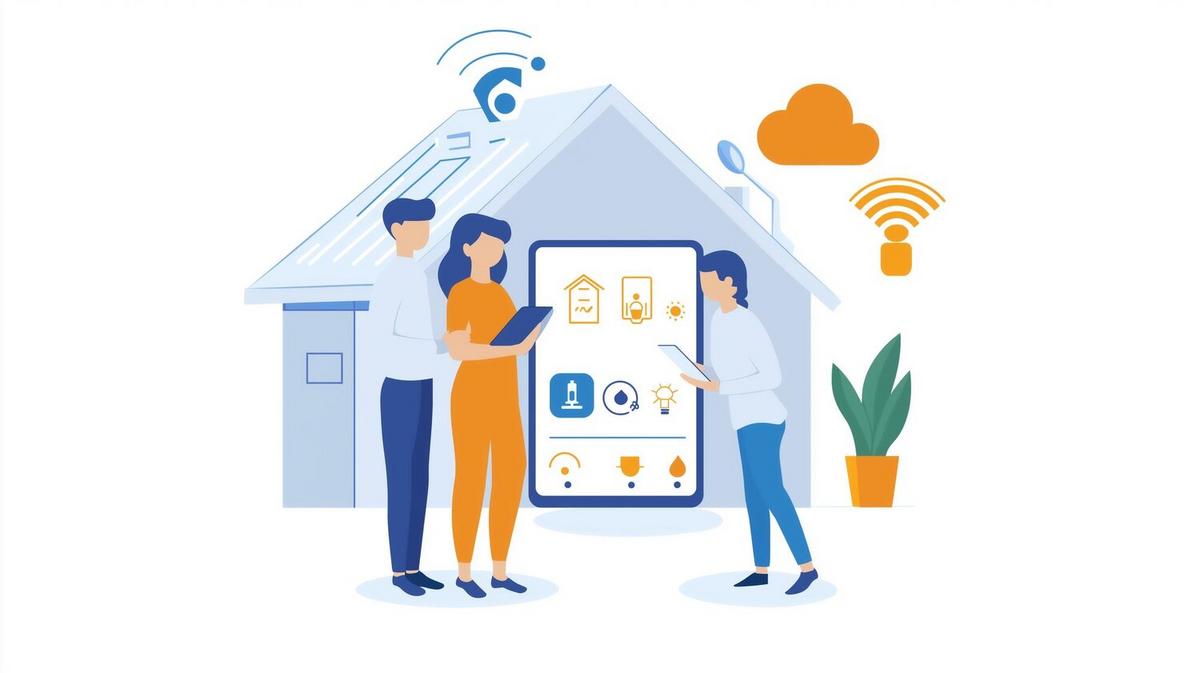
Eco-Conscious Interior Design: Sustainable Furniture and Decor Ideas
Creating a home that reflects your values and commitment to the environment can be both rewarding and impactful. Eco-conscious interior design is not only about aesthetics but also about making choices that promote sustainability and reduce environmental impact.
Understanding Eco-Conscious Interior Design
Eco-conscious interior design focuses on using materials and practices that are sustainable, reducing waste, and promoting energy efficiency. According to a report by the International Energy Agency, buildings account for nearly 40% of global energy consumption, highlighting the importance of sustainable practices in interior design.
Sustainable Furniture Choices
When selecting furniture, consider pieces made from reclaimed wood or recycled materials. These options not only reduce waste but also add unique character to your space. Companies that prioritize sustainable practices often provide transparency about their sourcing, offering peace of mind to environmentally conscious consumers.
Example: A dining table crafted from reclaimed barn wood not only adds rustic charm but also tells a story of renewal and conservation.
| Material | Benefits |
|---|---|
| Reclaimed Wood | Reduces deforestation and adds character |
| Bamboo | Rapidly renewable and durable |
| Recycled Metal | Minimizes mining impact |
| Organic Cotton | Free from harmful pesticides |
| Recycled Plastics | Reduces landfill waste |
| Cork | Biodegradable and renewable |
| Natural Stone | Long-lasting and recyclable |
| Wool | Biodegradable and insulating |
Decor Ideas with a Green Touch
Decorating with eco-friendly elements can enhance your space while supporting sustainability. Consider using natural fibers for rugs and textiles, which are biodegradable and often free from harmful dyes. Incorporating indoor plants not only improves air quality but also brings a touch of nature indoors, enhancing the overall ambiance.
- Tip: Choose locally sourced items to reduce your carbon footprint.
- Tip: Upcycle old items into new decor pieces to minimize waste.
Consider using LED lighting for an energy-efficient and long-lasting lighting solution that can dramatically reduce energy consumption.
Expert Opinions
Interior design expert Lisa White states, “Sustainable design is about creating spaces that are both beautiful and responsible. It’s a shift in mindset that considers the long-term impact of our choices.” Her perspective underscores the importance of integrating sustainability into design decisions.
Frequently Asked Questions
What is eco-conscious interior design?
Eco-conscious interior design focuses on creating spaces using sustainable materials and practices that minimize environmental impact.
Why should I choose sustainable furniture?
Sustainable furniture reduces waste, conserves natural resources, and often offers unique aesthetics.
How can I make my home more eco-friendly?
Incorporate sustainable materials, energy-efficient appliances, and indoor plants to enhance your home’s eco-friendliness.
What are some eco-friendly decor ideas?
Consider using natural fibers, upcycling old items, and incorporating indoor plants.
Conclusion
Embracing eco-conscious interior design is a meaningful way to align your home with your values while contributing to a healthier planet. By choosing sustainable furniture and decor, you can create a space that is both stylish and environmentally responsible. Start small, make informed choices, and enjoy the process of transforming your home into an eco-friendly haven.


